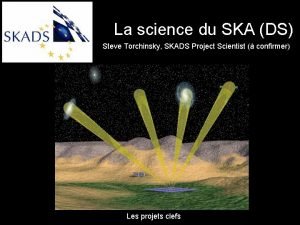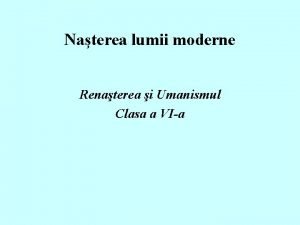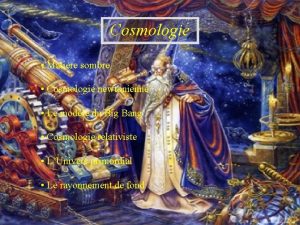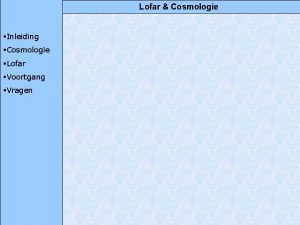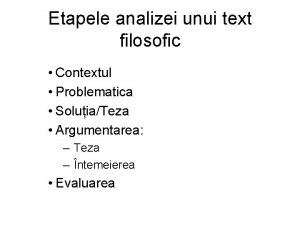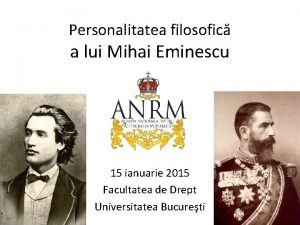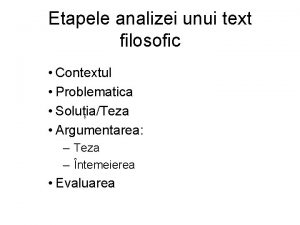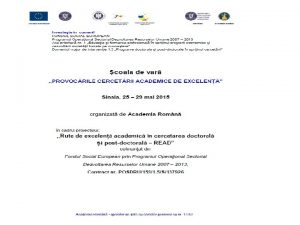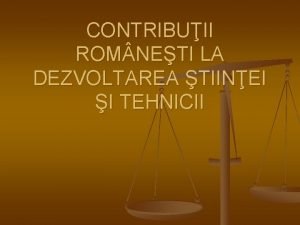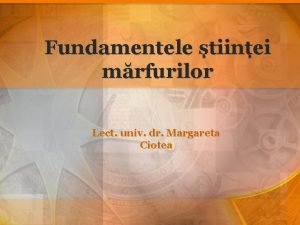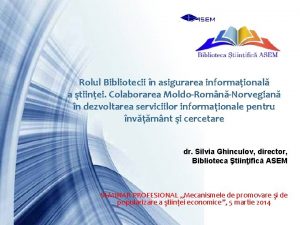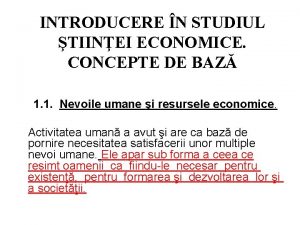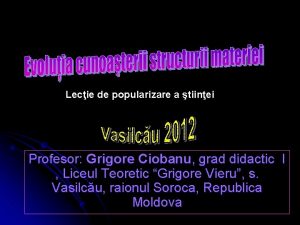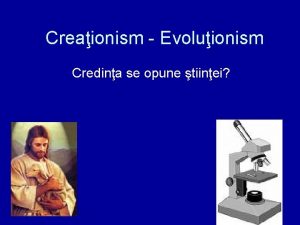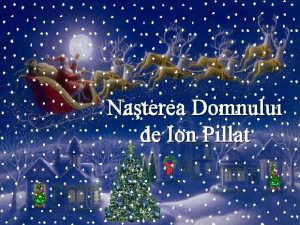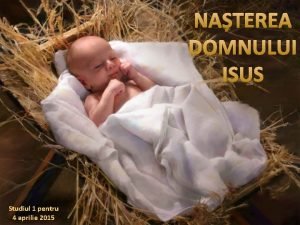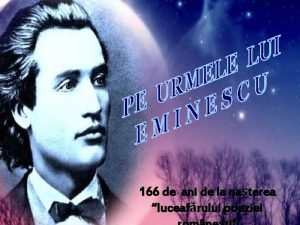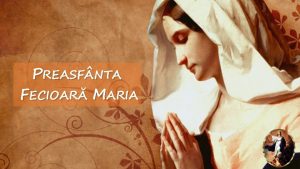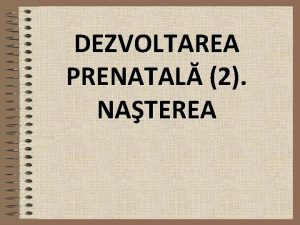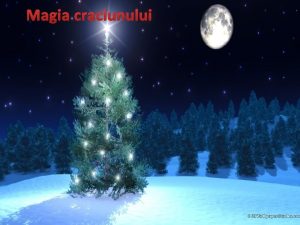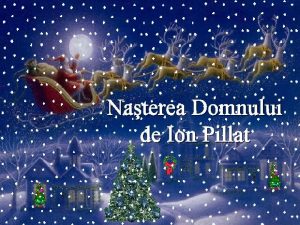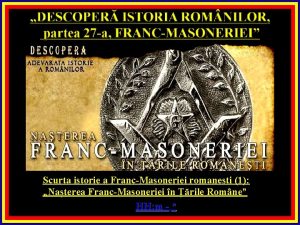Worldmakers Cosmologie filosofic spaii imaginare i naterea tiinei


























- Slides: 26

World-makers Cosmologie filosofică, spații imaginare și nașterea științei moderne

1543 Nicolaus Copernicus, De revolutionibus orbium coelestium 1604 Johannes Kepler Astronomia nova seu physica coelestis 1605, Francis Bacon, The Advancement of Learning 1610 Galileo Galilei, Sidereus nuncius The Scientific Revolution 1637 Rene Descartes, Discours de la methode pour bien conduire la raison 1686 Isaac Newton, Philosophiae naturalis principia mathematica (Principia)

1588 Giordano Bruno, Cena del Ceneri (Cina din miercurea cenușii) Dialoguri italiene 1588 Gianbattista della Porta, Magia naturalis, (multe ediții, până la mijlocul secolului al XVIIlea) 1600 William Gilbert, De magnete (On the magnet, a new natural philosophy) 1602, Tycho Brahe, Astronomia instauratae mechanicae 1622, Thomasso Campanella, Apologia pro Galileo (de asemenea, Cetatea Soarelui, scrisă în închisoare) The other side of the Scientific Revolution 1638 John Wilkins, A discourse concerning a new world (space-travel)

Early modern science/Early modern philosophy • Prezentarea domeniului

The received world-view A universal language (Latin) An integrated philosophical language (Aristotelianism) A common textual corpus A common culture (set of books, presuppositions, beliefs, representations) Common methods for investigating nature – Rational reflection and textual interpretation (hermeneutics) – Observation? /evidence? • Specific ways of communicating results (commentaries, the quaestiones format) • A common world-view? • • •

Nicole Oresme, Le livre du ciel et du monde, 1377

The material sphere = Armillary sphere

Another material sphere = the elemental sphere

Sacrobosco, Tractatus de sphaera Sec. XIII? (the most popular handbook until late 16 th century Petrus Apian, Cosmographia (numerous editions throughout the 16 th century)


One of the most important 15 th century philosophers Studies in canon law (and philosophy? ) Cologne – found manuscripts of Pliny, Plautus De concordantia catholica (1433) Religious reformer (involved in the attempts to unify the Catholic and the Greek Orthodox Church) – 1437 in Constantinople, cardinal of Brixen De docta ignorantia (1440) Nicolaus Cusanus 1401 -1464 De coniecturis (1442– 43), De dato patris luminum (1445), Apologia doctae ignorantiae (1449), Idiota de sapientia, Idiota de mente, Idiota de staticis experimentis (all 1450), De visione Dei (1453), De beryllo (1458), De possest (1460), De li non aliud (1461), De ludo globi (1462– 63), De venatione sapientiae (1462), Compendium (1464) and De apice theoriae (1464), De Pace Fidei (1453) and Cribatio Alchorani (1461).

The first Copernican The persecuted scientist (burned at stake in Campo del Fiori, Feb 1, 1600) The Renaissance Magus (Francis Yates, 1964) A dangerous heretic, willing to replace the Christian religion with the religion of the “Egyptians” Magician and necromancer (Culianu, 1984) One of the most brilliant critiques of the Aristotelian world-view (Gatti, 2008, 2011) Employed by two kings, changed the religion (three times? ), dwelt into astronomy, magic, metaphysics Giordano Bruno (1548 -1600) Intelligencer and spy


Bruno: “World-maker” There are no ends, boundaries, limits or walls which can defraud or deprive us of the infinite multitude of things. Therefore the earth and the ocean thereof are fecund; therefore the sun's blaze is everlasting, so that eternally fuel is provided for the voracious fires, and moisture replenishes the attenuated seas. For from infinity is born an ever fresh abundance of matter. Thus Democritus and Epicurus, who maintained that everything throughout infinity suffereth renewal and restoration, understood these matters more truly than those who at all costs maintain a belief in the immutability of the Universe, alleging a constant and unchanging number of particles of identical material that perpetually undergo transformation, one into another.

Galileo Galilei (1564 -1642) Portret de Ottavio Leoni (1624)


Stars visible without a telescope What is the new instrument? - a “microscope” - a “telescope”

Perspicillium • Spectacle-truncke (Mark Ridley, A treatise on magnetical bodies and motions, 1613) • Spy-glass


• http: //library. si. edu/digitallibrary/book/sidereusnunciusm 00 gali





Matematician Filosof experimental Teolog Alchimist Master of the Mint President of the Royal Society Isaac Newton (1643 -1727)

Principiile matematice ale filosofiei naturale
